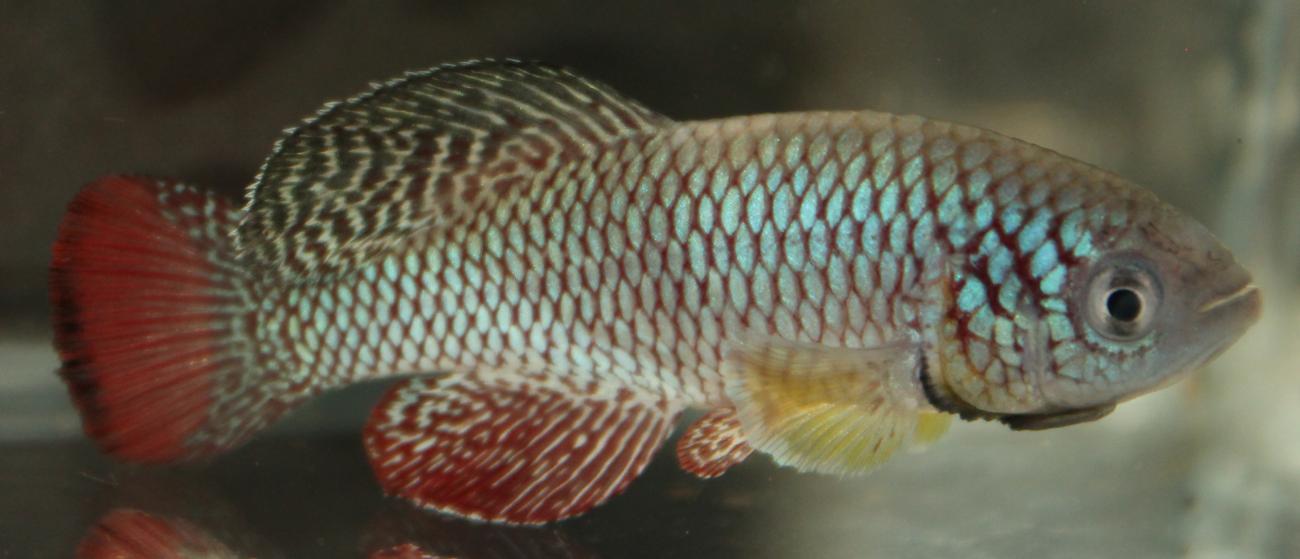Members of the genus Nothobranchius live in the temporary reservoirs of the East African savannas and have one of the shortest life cycles among vertebrates, which makes them a unique model for studying a variety of biological processes. Previously, researchers at the Institute of Ecology and Evolution of the Russian Academy of Sciences revealed a phenomenally high karyotypic diversity for vertebrates within the genus Nothobranchius: the diploid number of chromosomes in different species varies from 2n = 16 to 2n = 50, the ratio of one-armed and two-armed chromosomes is also highly variable even among species with the same 2n. In addition, 5 out of 65 karyotyped species (today the genus includes 96 valid species) have the X1X2Y multiple sex chromosome system (Krysanov and Demidova, 2018, https://doi.org/10.3897/CompCytogen.v12i3.25092). This publication aroused great interest among researchers involved in fish cytogenetics, and an international collaboration was formed to study the evolution of chromosomes in the genus Nothobranchius.
At the end of 2022, an international team of researchers from the Czech Republic, Germany, Poland, Moldova, and Russia published a work devoted to the cytogenomic study of XY chromosomes in two sister species of the genus Nothobranchius, N. furzeri and N. kadleci. Both species have been shown to share a common XY chromosome system that predated the divergence of the species. Differentiation of the sex chromosomes occurred through the accumulation of tandem repeats on the Y chromosome, which included polymorphism in patterns of distribution of repeats both between species and between populations of each of the species. However, in all populations, the gdf6 gene (the putative master gene for sex determination in fish) was mapped to a region rich in satellite DNA on the long arm of the Y chromosome.
Candidate of Biological Sciences, Acting Senior Researcher of IEE RAS S.A. Simanovsky, took part in international cooperation, his task being to analyze synaptonemal complexes in prophase I of meiosis in the studied species. It was shown that, despite heteromorphism, XY chromosomes regularly pair during meiosis and form SC bivalents indistinguishable from autosomal ones. These data confirmed the conclusion about the early degree of differentiation of the XY chromosome system in N. furzeri and N. kadleci.
The work was published in Chromosome Research (IF = 4.62; JCR Q2; SJR Q1)
Štundlová J, Hospodářská M, Lukšíková K, Voleníková A, Pavlica T, Altmanová M, Richter A, Reichard M, Dalíková M, Pelikánová Š, Marta A, Simanovsky SA, Hiřman M, Jankásek M, Dvořák T, Bohlen J, Ráb P , Englert C, Nguyen P, Sember A. (2022) Sex chromosome differentiation via changes in the Y chromosome repeat landscape in African annual killifishes Nothobranchius furzeri and N. kadleci. Chromosome Research 30: 309–333. https://doi.org/10.1007/s10577-022-09707-3

